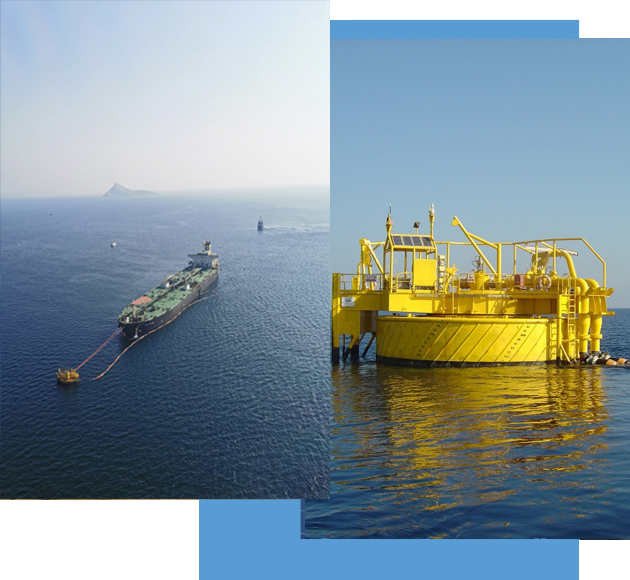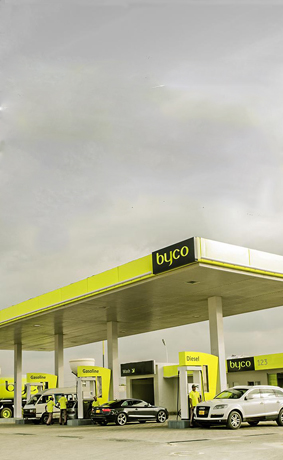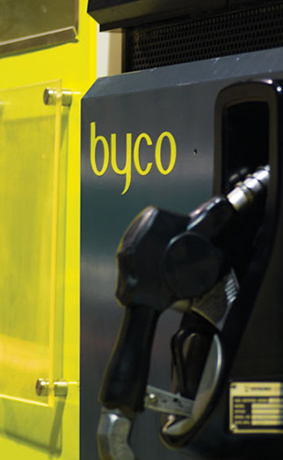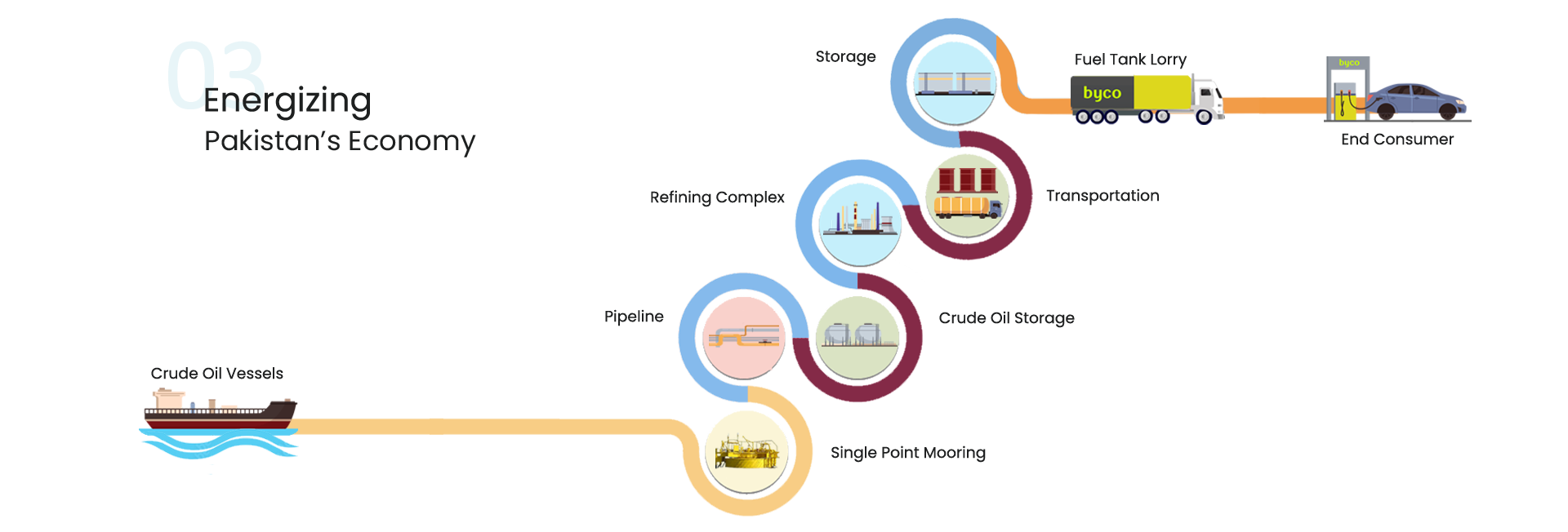
02
Our Skills
Cnergyico’s Oil Refining Business (ORB) is keenly invested in setting up oil refineries in order to meet the energy demand in Pakistan. In line with the objective, the business under Cnergyico set up an oil refinery – ORC-I in 2004 – which is located 50 kms. from Karachi towards Hub on the Balochistan coastal area of Khalifa Point.


PRICES
| HSD | 277.45 Rs/Liter |
| PMG | 265.61 Rs/Liter |
| Effective since July 01, 2024 | |
| HSD | 202.61 Rs/Liter | PMG | 191.30 Rs/Liter |
| Effective since July 16, 2024 | |||
| LPG | 159,158.00 Rs/M.Tons | FO | 150,000.00 Rs/M.Tons |
| Effective since July 01, 2024 | Effective since July 01, 2024 | ||

Recent News
Mar 05, 2024
EOGM Notice of Cnergyico Pk Limited
EOGM Notice of Cnergyico Pk Limited
Oct 19, 2023
Ballot Paper for 29th AGM (Advertisement)
Ballot Paper for 29th AGM (Advertisement)
Oct 06, 2023
Notice of 29th AGM Cnergyico Pk Limited
Notice of 29th AGM Cnergyico Pk Limited
Oct 06, 2023
Annual Report for Fiscal Year 2022-2023
Annual Report for Fiscal Year 2022-2023


